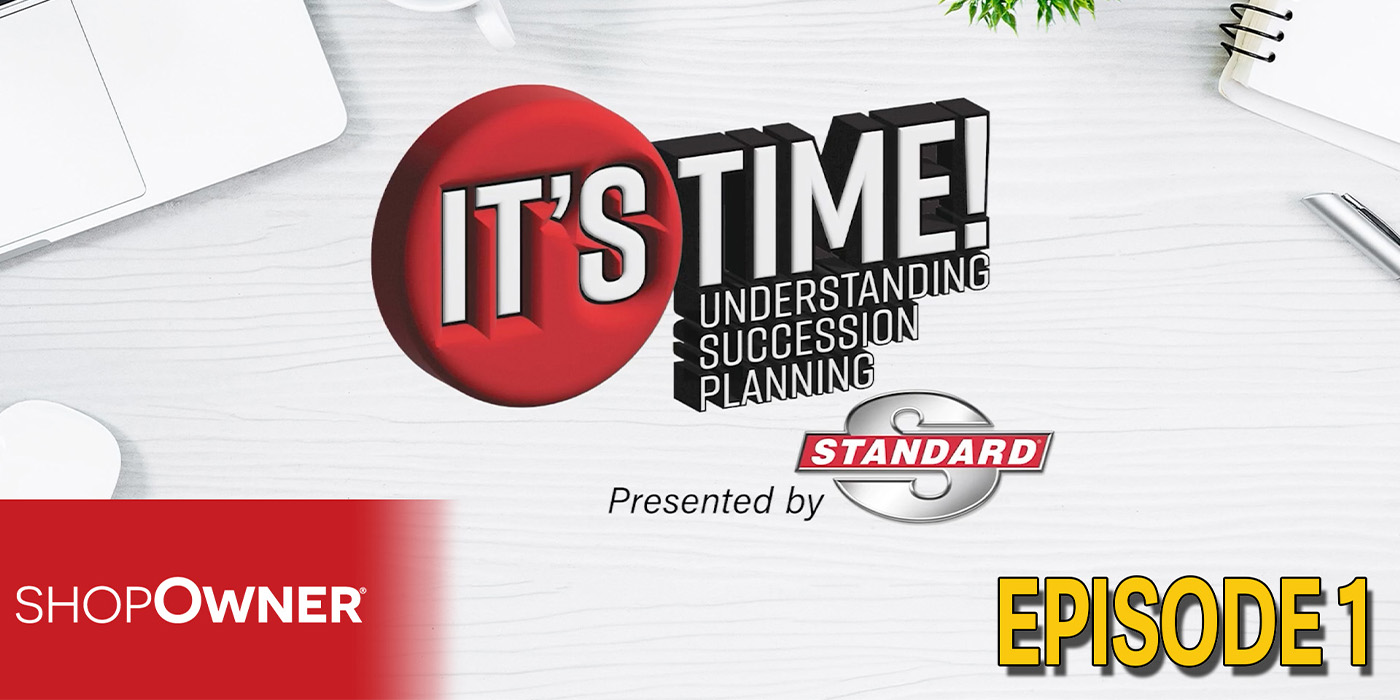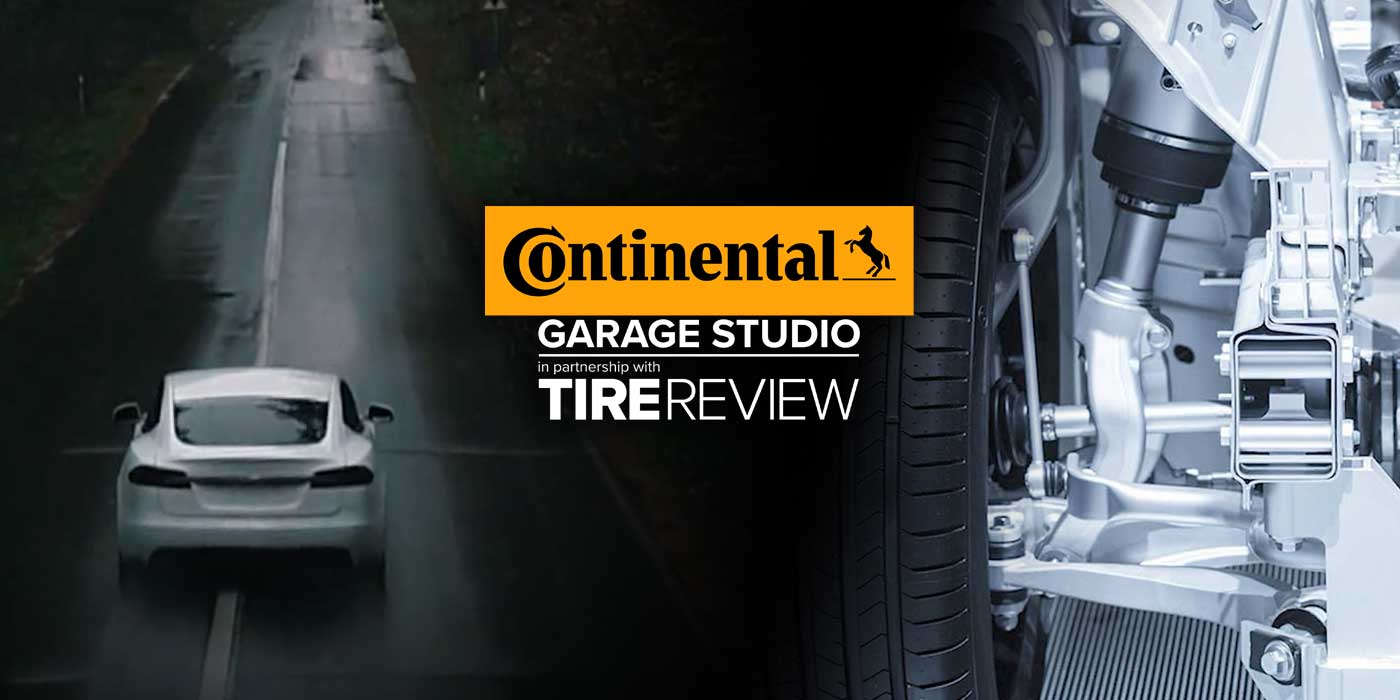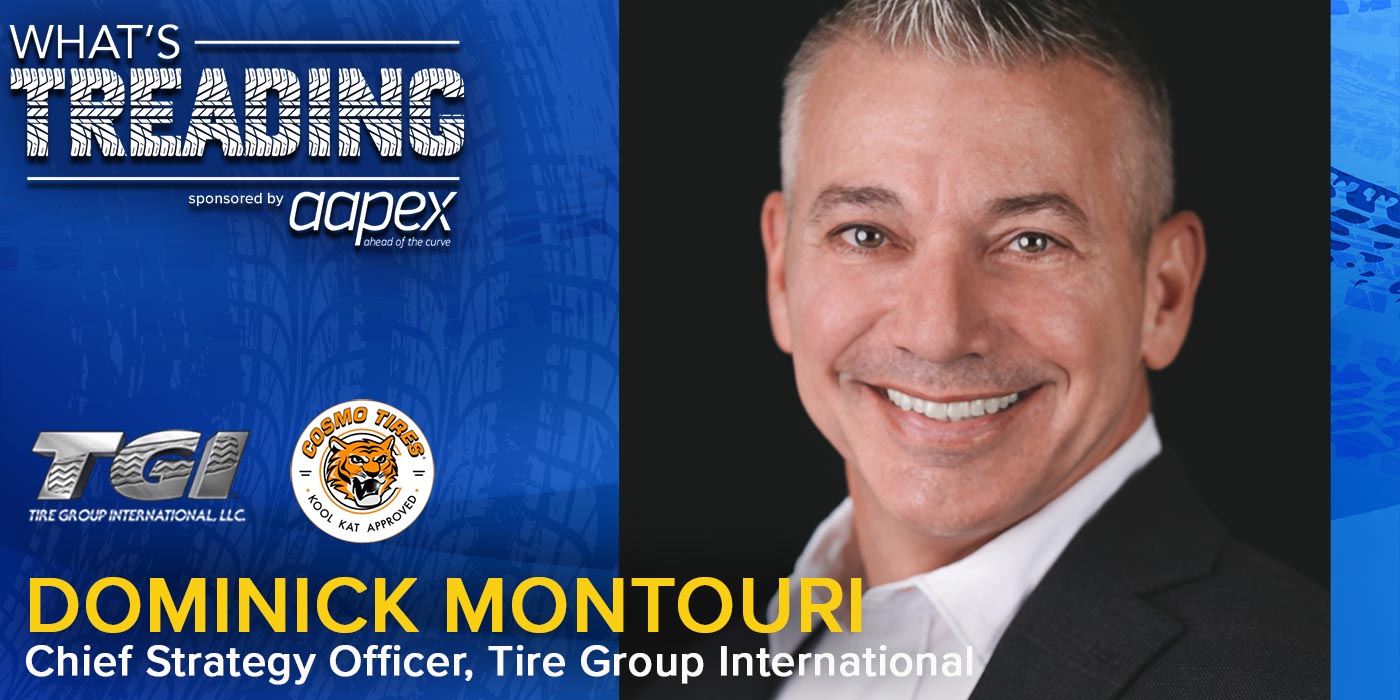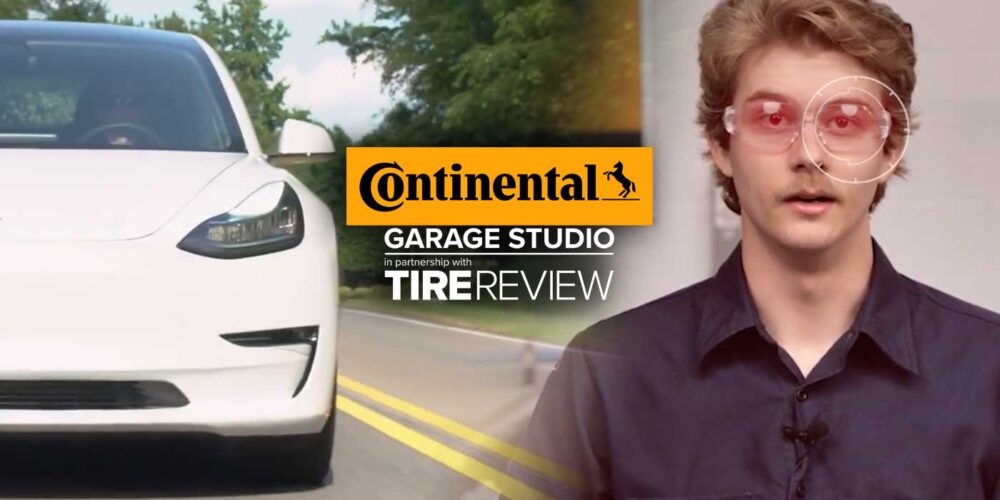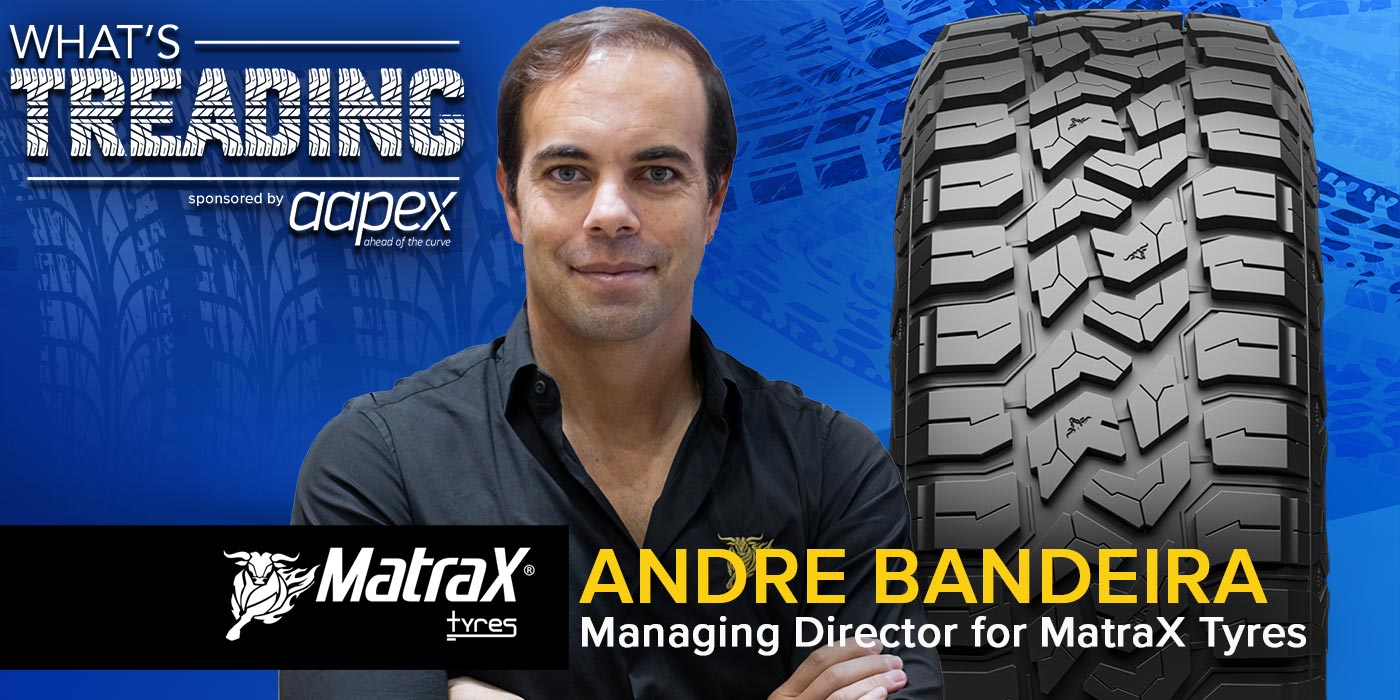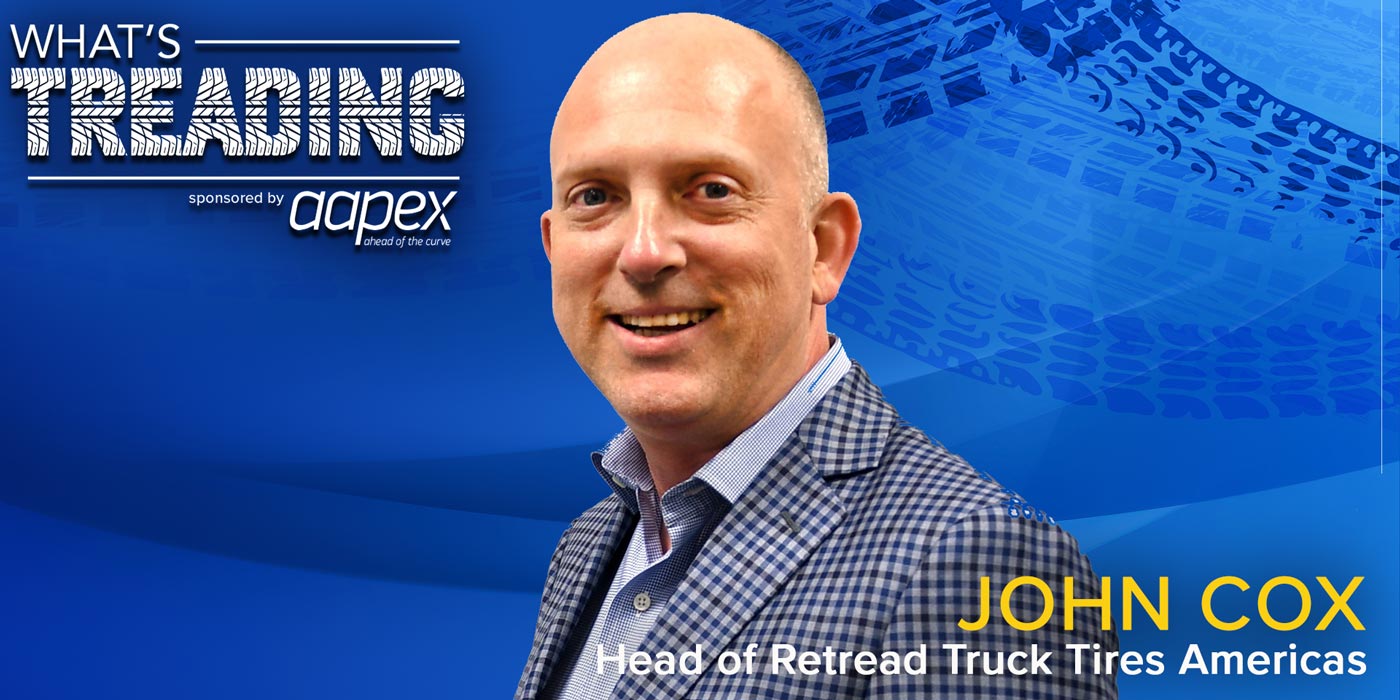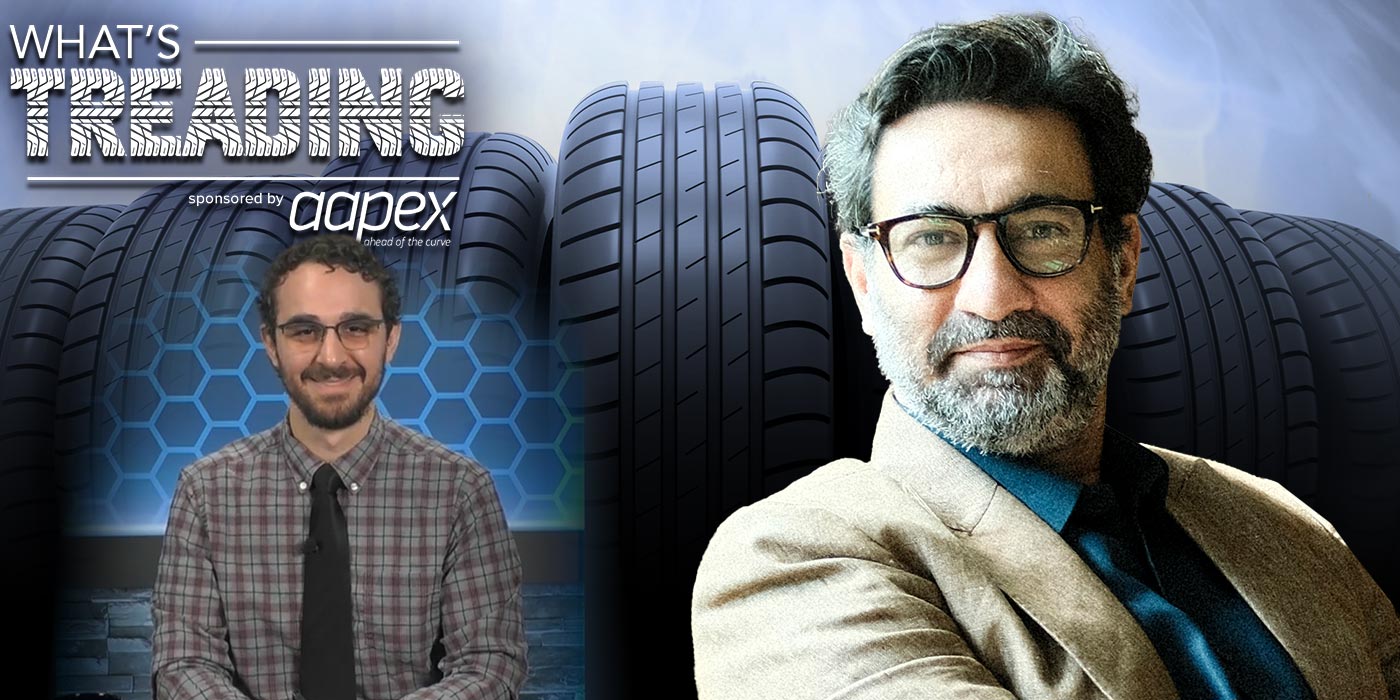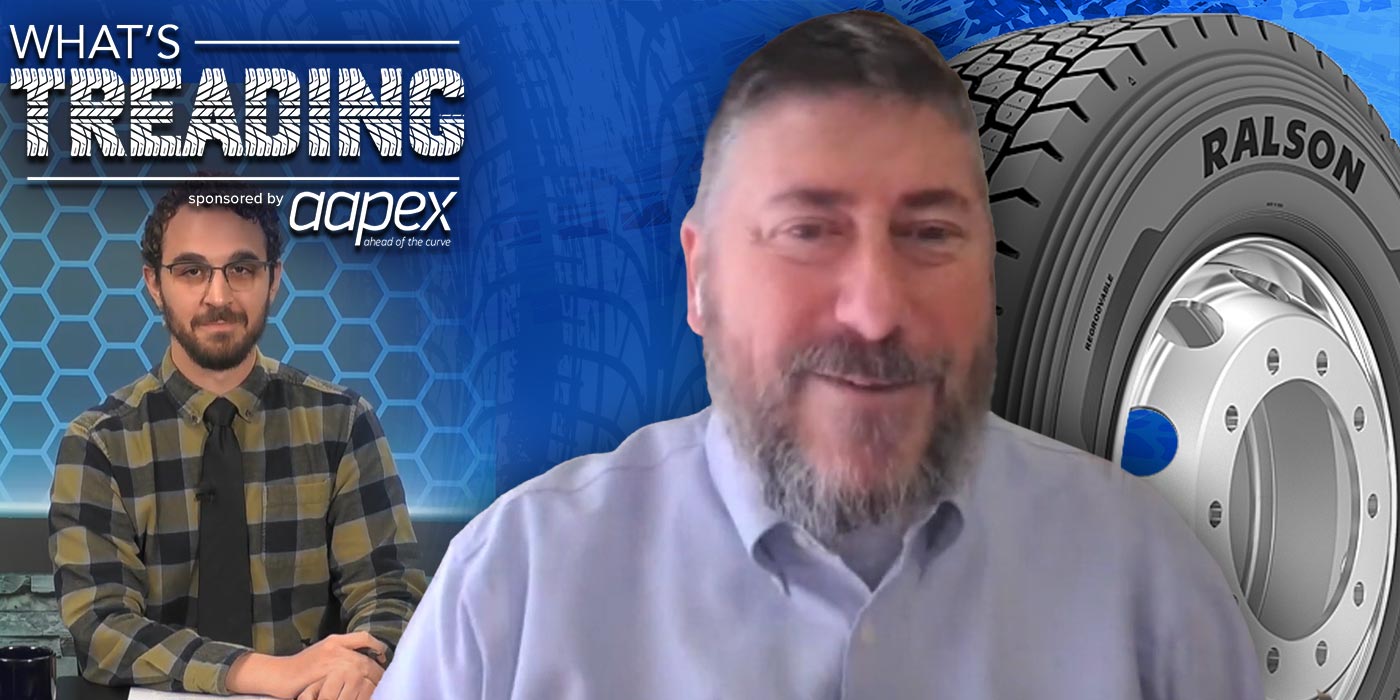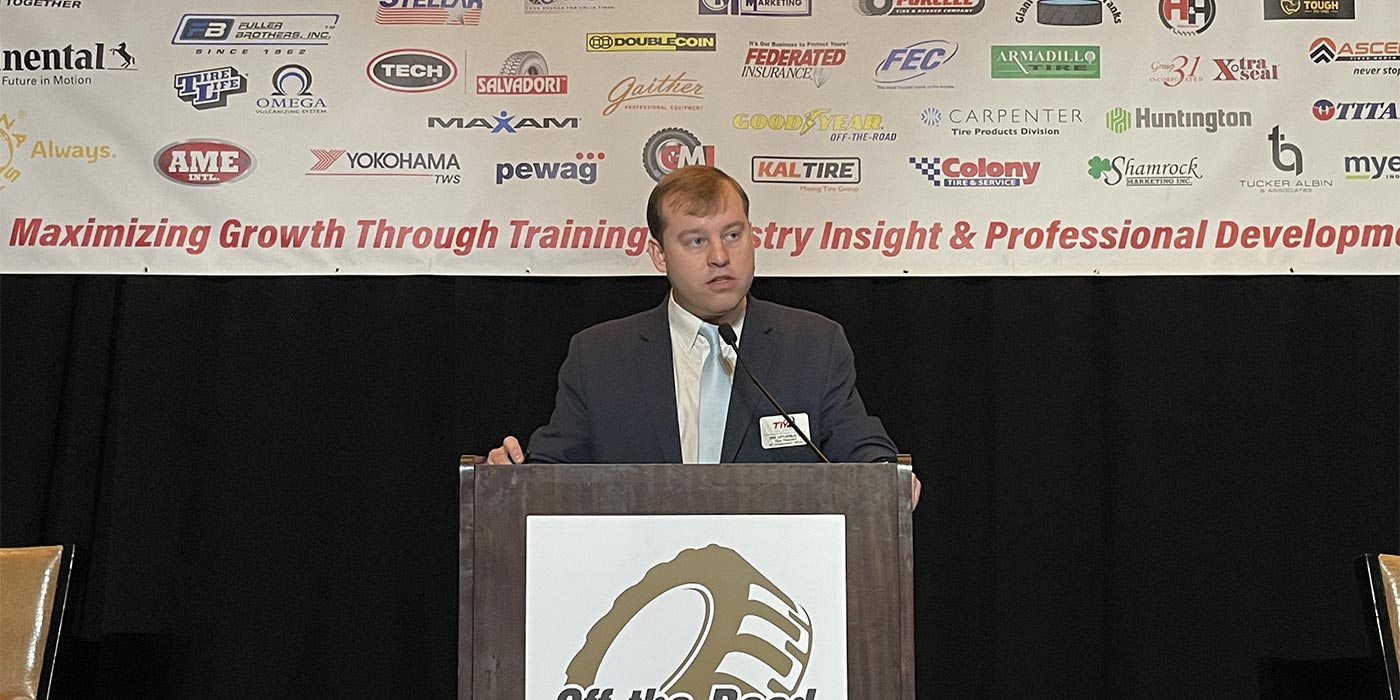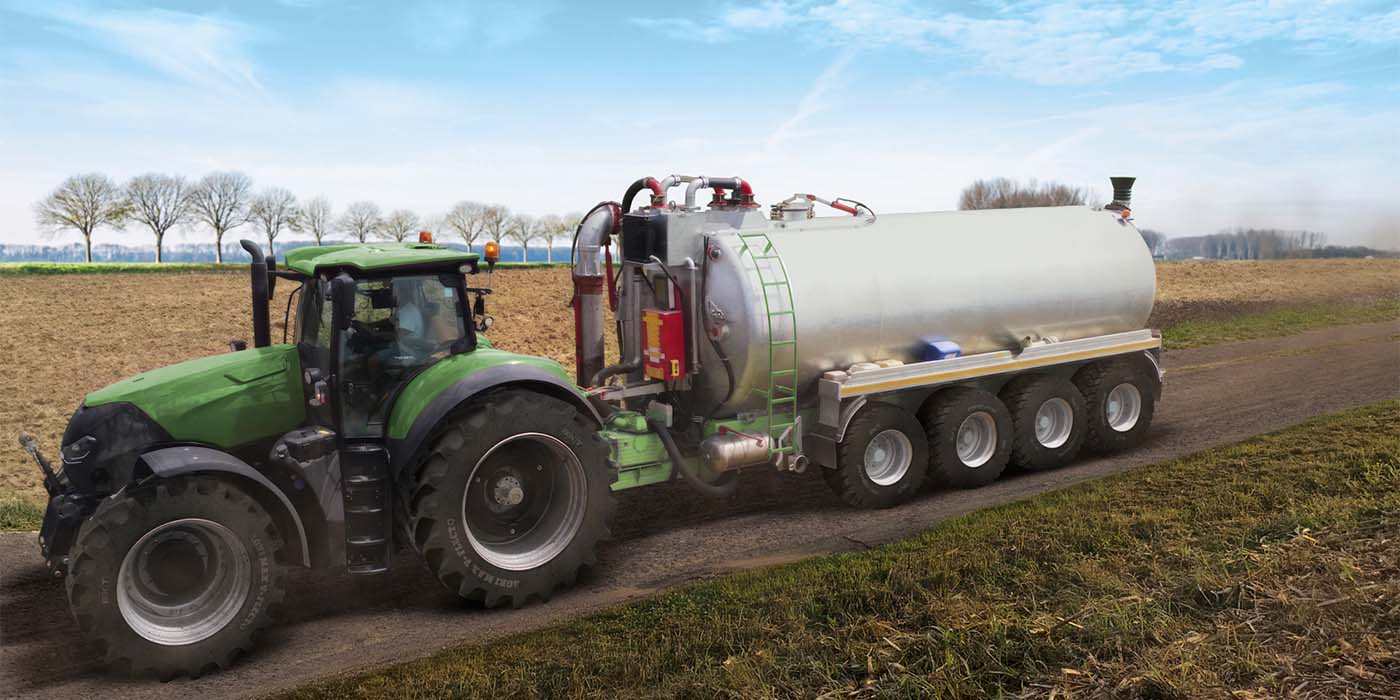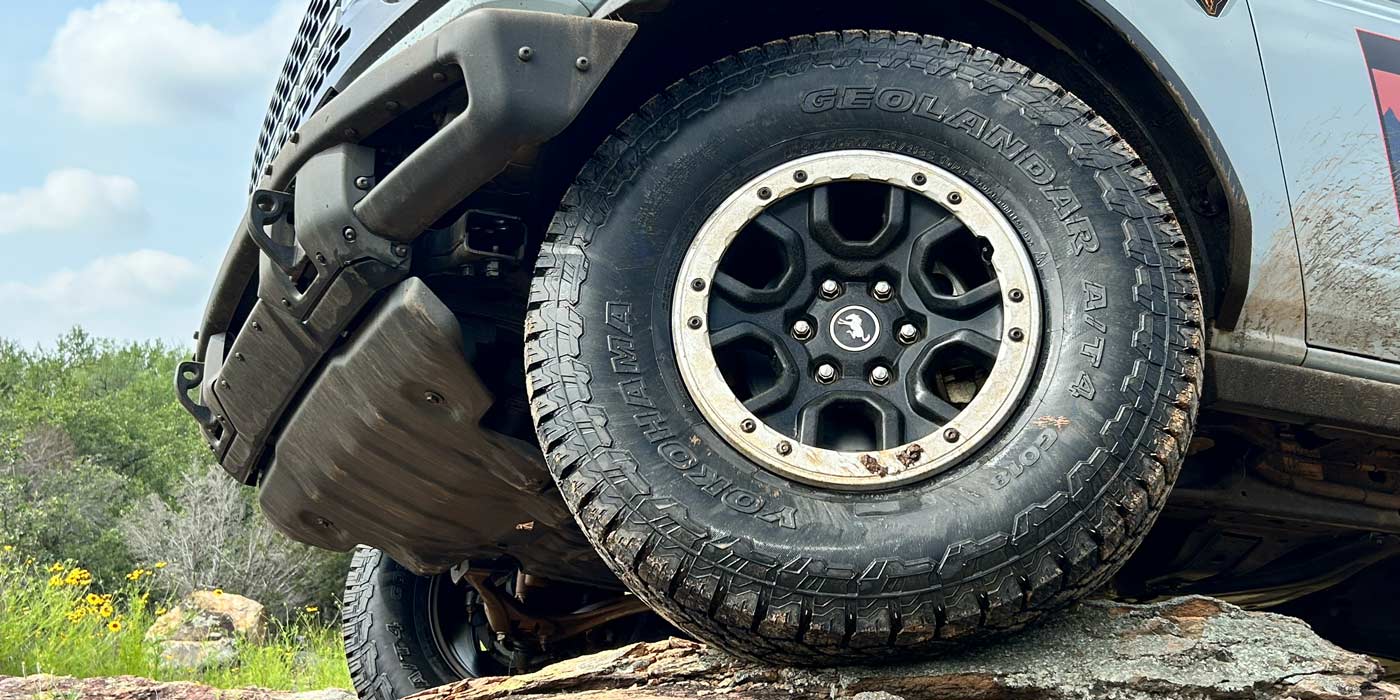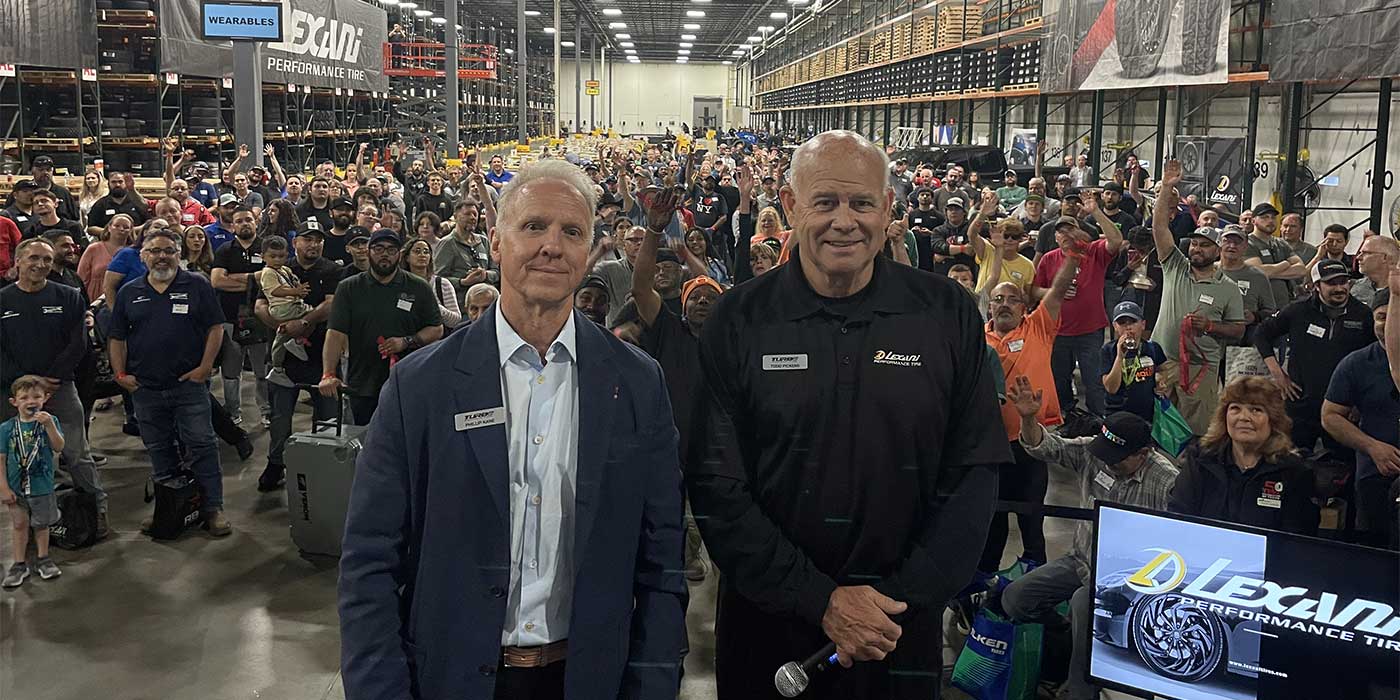It’s hard to think of many places where electrified and autonomous vehicles are more welcome than underground. Large mining outfits depend on the advantages these attributes offer – mainly zero emissions and keeping drivers out of harm’s way, respectively – to maximize profits and uptime.
To keep these and other OTR fleets moving, OTR tire manufacturers like BKT must constantly keep a finger on the market’s pulse to ensure they can stay competitive and make sure they can best meet the needs of these customers. In many cases, these needs include aggressive sustainability initiatives, says Chris Rhoades, BKT’s vice president of OTR.
“Go to any major mining company’s or aggregate producer’s website and take a look at how everybody’s got their own statements on sustainability and what they’re trying to accomplish. Of course, tires play a big role in that,” Rhoades says. “As a manufacturer, we take a look at every step along the manufacturing process, from acquiring raw materials to the finished goods, to see what we can do to reduce waste and increase efficiencies. One of the highlights and keystones of BKT is we’re the only tire manufacturer that has our own carbon black manufacturing plant. Approximately 30% of a tire’s weight is carbon black, and we meet 100% of our requirements out of our own plant on that.”
In this episode of What’s Treading, Rhoades delves into the rise of electric and autonomous vehicles in the OTR sector, current market trends, and BKT’s commitment to sustainability. We also discuss the state of the OTR tire market, customer needs and the complexities of tire supply and application.
Want more What’s Treading? Click here.
Here’s a transcript of the interview:
David Sickels: Hello, and welcome to another episode of What’s Treading. My name is David, I am the editor of Tire Review. Today I am in-studio with Chris Rhoades. He’s the vice president of OTR at BKT. Chris, thanks for making the long journey to come to the office today.
Chris Rhoades: Appreciate the opportunity.
David Sickels: So, earlier this year, BKT made an announcement on its ag side, saying that it was going to have a special marking on those tires, an E-ready marking appropriate for electric vehicles in that industry. Do you see a need for the OTR side, for that marking on tires?
Chris Rhoades: Eventually. We announced the Agrimaxfactor, which is a 70 series tire for tractors on the ag side. One of the things we had to look for in redesigning the tires was the weight. EV batteries could be up to 30% more weight.
You also have increased torque through the engines, so we had to revisit the bead area and make sure it has a good grip on the rim, as well as rolling resistance because you can lose up to 20% energy on the ground contact. So those are the considerations we had to do for the ag side.
As far as electrification goes in the earth-moving market, both Caterpillar and Sandvik have in production LHDs (load, haul, dumps) used in underground mines. Underground mine emissions play a big role because there’s a certain cap underground. The fewer emissions, the more machines they can run.
There are also prototypes now on the haulage side, so we’re taking that under study right now. Nothing to announce just yet, but we are looking at what their needs are for the earth-moving market.
David Sickels: That makes a lot of sense, especially when discussing emissions in an underground closed space. This brings me to my next question: When you’re talking about these newer vehicles and newer technologies being incorporated into them, where do you see autonomous landing in the OTR space? And do autonomous vehicles in that space require special sets of tires?
Chris Rhoades: Yeah. It’s not just recent. Autonomous vehicles have been used for over 10 years. Billions of tons moved. The US, Canada, and especially Australia are the large markets for it. Right now, the machines that CAT and Komatsu look at are usually 240-ton and 400-ton haul trucks, and they’re currently just using the normal production tires for that.
As far as our play in the market, we’ve recently released a 40.00R57 and a 46/90R57 tire that goes on the 240-ton trucks. Late next year, we should be announcing our 63-in. entry into the 400-ton market.
At this point, those sizes of machines aren’t electrified. So, same thing as the last question – we taking a look at what the needs are, but the autonomous space is exciting.
David Sickels: I would imagine it is. So, let’s just talk about overall demand. What are you seeing in the Americas, particularly in the OTR sector? What are your customers asking for?
Chris Rhoades: OTR demand in the first half of 2023 was a little sluggish due to just general economic factors, inflation, interest rates, and even weather. It was a slow start in a lot of the dirt-moving applications. Also during COVID, BKT didn’t cut production or shipping due to extra cost or labor force considerations. We played everything safe on the protocols. However, some other manufacturers did pull back on their production and shipping. By the end of last year, a lot of that had caught up, and a lot of our dealers had a flood of inventory coming in on backorder.
So, a lot of dealers started out 2023 with excessive inventory so they’ve had to work through it. By the second half, a lot of that’s been rectified and the new normal is back in play. As far as the overall mining and aggregate sector, it’s still strong. Flat, if not up a little bit. And this year we’ve also expanded our capacity at our plants for the 25-in. tires just to meet the demand.
David Sickels: Very nice. And are you anticipating, looking to next year, demand stays steady, flat, if not up a little bit or a major change in either direction?
Chris Rhoades: No major changes on the horizon. It is an election year, so that’s always fun to see what’s going on.
David Sickels: For sure.
Chris Rhoades: It’s a very competitive market with new players entering every day, so I think the demand will stay strong, but it should be better than 2023.
David Sickels: Gotcha. I wanted to ask you about sustainability. It’s a huge buzzword in a lot of different industries right now, not just tires. How are your customers in the OTR sector? How are they looking to be more sustainable? Are they trying to do that? Do they have concerns over sustainability when they’re ordering these just ginormous tires? Is that more difficult for them to be sustainable?
Chris Rhoades: Here’s a fun thing to do: Go to any major mining company’s or aggregate producer’s website and take a look. Everybody’s got their own statements on sustainability and what they’re trying to accomplish. Of course, tires play a big role in that.
BKT has launched or even rebranded a new initiative for sustainability, Leaf Our Energy. And again, as a manufacturer, we take a look at every step along the manufacturing process, from acquiring raw materials to the finished goods, to see what we can do to reduce waste and increase efficiencies.
One of the highlights and keystones of BKT is we’re the only tire manufacturer that actually has our own carbon black manufacturing plant. Approximately 30% of a tire’s weight is carbon black, and we meet 100% of our requirements out of our own plant on that. Not only does this enhance our abilities for supply costs and quality, but it’s greatly impacted our sustainability efforts that we want to showcase to those mines.
Here’s just a list of impacts. You reduce the amount of fossil fuels and emissions for transportation and import. Since we don’t have to acquire and ship that across the lanes in-house, those are reduced. How we create a carbon black, we actually buy waste petrochemicals from refineries. So we give them a way to close their loop, so that waste is being used. And then in the creation of the carbon black, we capture all the off-gasses from cooking it, and we feed that through pipes into our tire manufacturing plant. So all that spin energy is captured to drive our turbines to actually run our tire factory, which cuts out the need for coal in that situation.
David Sickels: That’s really interesting.
Chris Rhoades: It’s also a zero-discharge plant. So all the steam and water produced, we’re using that for the curing of our tires and everything else. So by integrating the carbon black plant with our tire plant, we’ve actually created the most sustainable carbon black plant in the world.
David Sickels: That’s pretty amazing.
Chris Rhoades: Yeah. Some other sustainability highlights: Between wind farms, solar, and other initiatives, we’ve reduced our non-renewable energy usage by over 16% in the 2020 and 2021 calendar years.
I believe we have one of the most beautiful tire factors in the world. We plant over 500,000 trees in the area to green up the area in an overall arid desert environment. We’ve achieved almost 15% waste reduction in the last three years in our overall process. We have a huge report on our website that covers all the aspects of ESG and where we follow the GRI standard. For all things BKT sustainability, please log in and take a look.
David Sickels: Sure. That carbon black manufacturing plant, is that located in India?
Chris Rhoades: Yes, it is. It’s in our flagship plant, Bhuj in Gujarat.
David Sickels: Very cool. Just curious, do you ever have an opportunity to go to that plant and look around?
Chris Rhoades: Absolutely, yeah. We invite people all the time to come visit. We always say seeing is believing. So yeah, you’ll get a full tour of the carbon black plant even at night. It looks amazing. But you get to go through the control center and follow the process. Like I said, it’s a zero-waste facility.
David Sickels: Very cool. So sitting here at end of 2023, what would you say is maybe the No. 1 issue, the No. 1 problem, the No. 1 challenge that you are helping your customers solve for, looking into the next year?
Chris Rhoades: It’s no different than any other year. Our sales and engineering staff want to go out and work with the dealers and visit the customers. So when it comes from the engineering side, we want to make sure we’re putting the right tires in the right applications. We also work closely with forecasting as well and new product development, to make sure we got the right tires available when they need them. Standard blocking and tackling.
David Sickels: Gotcha. Well, Chris, thank you so much for coming in today. I learned a lot. I would love to revisit some of these topics maybe a year from now and see how things have evolved.
Chris Rhoades: Absolutely. Thank you for the opportunity. And we would love to host you in India and give you a full tour of our plants and the carbon black plant.

